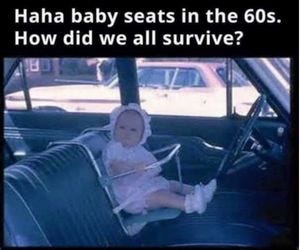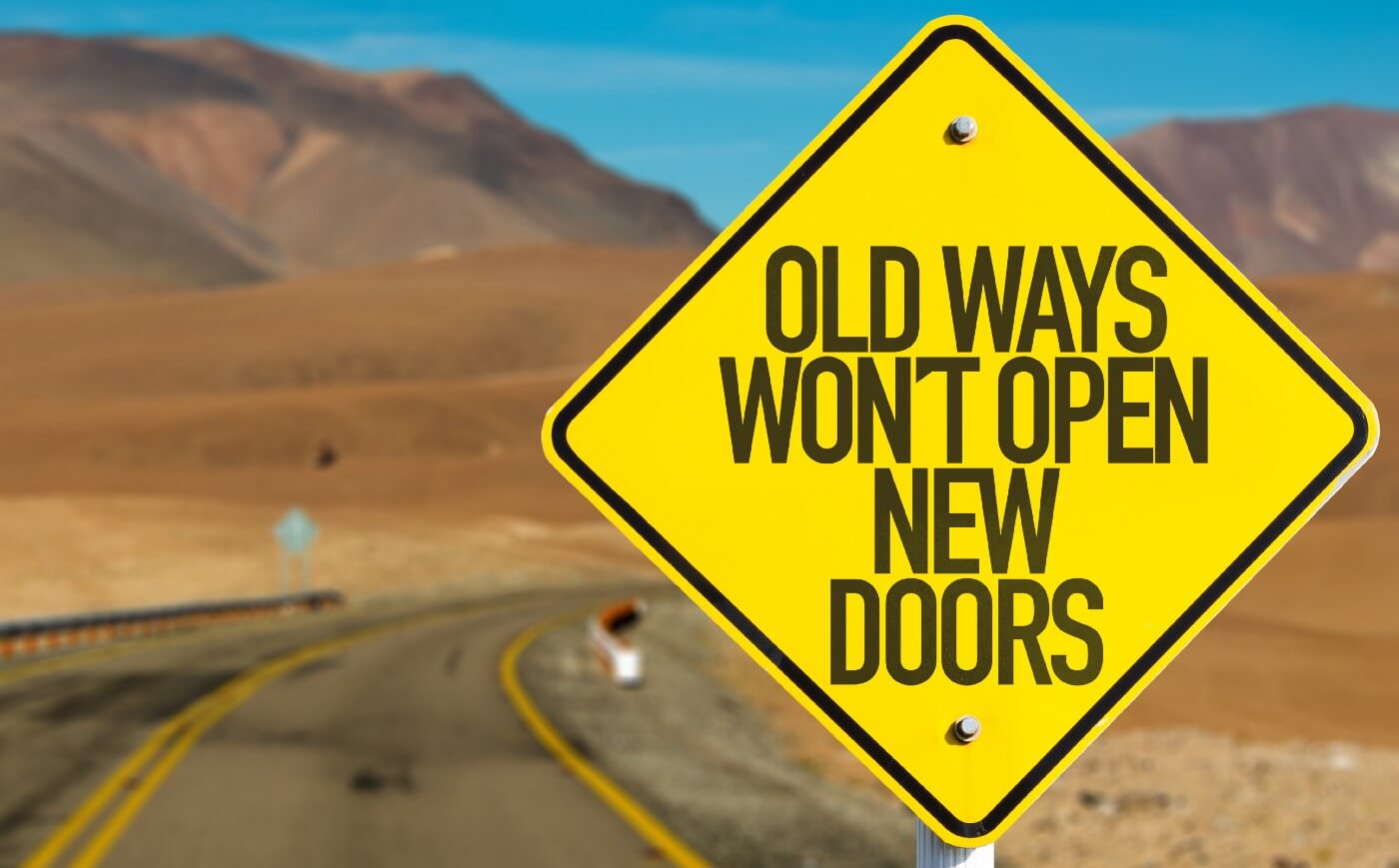Three adjustments to the way we do business could vastly improve the world for people with disabilities
I’ll be honest, most of the time, when I do panels or talks on accessibility, I recycle a fair amount of old material.
- How did I get into accessibility? Check, have told that story dozens of times.
- What makes accessibility harder than it needs to be? Check, choose one or more of lack of leadership support, low budget, or poorly established disability ERG groups. Insert anonymous anecdote here.

But last week was the first time that I had been asked on a prep session for a panel, “If you could wave a magic wand and solve any accessibility problem, what would it be?”
That one was a stumper. Because the panel is for a company’s internal use and won’t be released externally, I’m going to publish my answer in my blog because it might not be the answer you suspect.
Wish 1: Require at least one accessibility/universal design class for all software or business-related degrees and bootcamps.
Let’s do a quick root cause analysis here.
Why causes inaccessible software?
The answer is either one or more of:
- Accessibility wasn’t included in the MVP;
- The designers didn’t know how to make it accessible;
- The engineers didn’t know how to code the software in an accessible manner;
- The QA team didn’t know how to perform manual testing with assistive technology.
What solves all four of these problems?
**KNOWLEDGE**
You are vastly less likely to skip over accessibility in a product schedule if you know about it and its importance.
However, the most efficient training is the training that happens before someone starts a job. Once people start a job, they are expected to be productive. Spending 250 hours per employee (the equivalent of the time commitment for a 4 unit, one-semester class) on accessibility is not practically achievable in the corporate setting.
But spending 250 hours on a course required to get the degree that leads to the job?
That is totally doable. The problem is less than about 20 US college programs have for-credit accessibility courses, and 100 % of those classes are electives, not mandatory. Data structures is generally a mandatory CS class, but accessibility isn’t.
I did have a conversation on this exact topic with a very well-known CS program dean. They said the issue was that accreditation organizations like the Accrediting Commission for Schools Western Association of Schools and Colleges (ACS WASC) are very slow to change. To be effective at more than one school, that’s where the adoption of this requirement would need to take place.
Magic wand wish #1: Make accessibility (or inclusive design) required for every college degree and bootcamp certificate. Then many people in the workplace would have the knowledge, motivation, and skills to make the products they touch accessible.
Wish 2: Convince all startup incubators to require the products in their cohorts to be accessible.
Teach it, preach it, require that all presentations, demos, prototypes, and products be accessible. The whole nine yards.
Some people go the non-traditional learning route. They don’t spend years in formal education settings, but still, they have that next great idea and home-grown experience. Suppose they missed the mandatory class I mentioned in Wish 1. In that case, they can still pick up on the importance of accessibility and disability inclusion if incubators require their participants to produce accessible products along with accessible support, training, documentation, marketing material, events and surveys to name a few. Because as we all know, it is not enough for the product to be accessible. The entire experience has to be accessible.
Berkeley SkyDeck, Y Combinator, I’m talking to you.
Wish 3: Convince all VCs to make all their unicorns accessible
…and the other companies they invest in, too, while they are at it. The force is strong with my magic wand.
Why this wish? Because not all startups go through incubators. If Robinhood, Uber, Yelp, and Rent the Runway were accessible out of the gate:
- How much money would they have saved in litigation costs, reputation damage, and software re-work/opportunity loss?
- How much better would the experience have been for their disabled customers?
I’ve thought about this enough that I’ve even looked into setting up a venture capital fund that would only fund companies committed to accessible products.
Let’s apply this wish to a new unicorn sector — self-driving vehicles.
A whopping 50 % fewer people with disabilities drive as compared to their non-disabled counterparts. So if you were a leader of a self-driving car company, why wouldn’t you make sure you took care of accessibility since people with disabilities are such a ripe market segment? But here’s the reality:
- Cruise only recently advertised for an accessibility leader.
- Tesla has no mobility accessibility program at all, much less a digital accessibility program. I can’t even test drive a Tesla because I drive with hand controls.
- The Google result set for Nuro and the word accessibility is empty. So either they aren’t talking about it or aren’t doing it. Since most companies like to publicly virtue-signal when doing something positive for DEI, my money is that silence means they aren’t doing it.
Companies that value accessibility get better market penetration through sales to the public sector (which requires accessibility) and to the disability market in general.
You don’t need to slow down innovation to create an accessible product.
You just have to care and make sure you hire people who have accessibility skills in their employment toolbox or have internal training programs to get them those skills once they’ve started.
Which would be so much easier if Wish 1 became a reality.
Which is why Wish 1 is first on my magic wand wish list 🙂

Look a the huge gap between what we think is a good car seat today and what the very first car seats looked like 50 years ago. And before that, no one even knew what a car seat was, because they hadn’t been invented yet. But today, it would be unthinkable (and probably a felony child endangerment charge) to think about putting your infant in one of these contraptions from just a few decades ago.
That’s what I want accessibility to be, and I don’t want to wait 50 years. I want it to be laughable in my lifetime that it was ever acceptable to release a product that was inaccessible.
